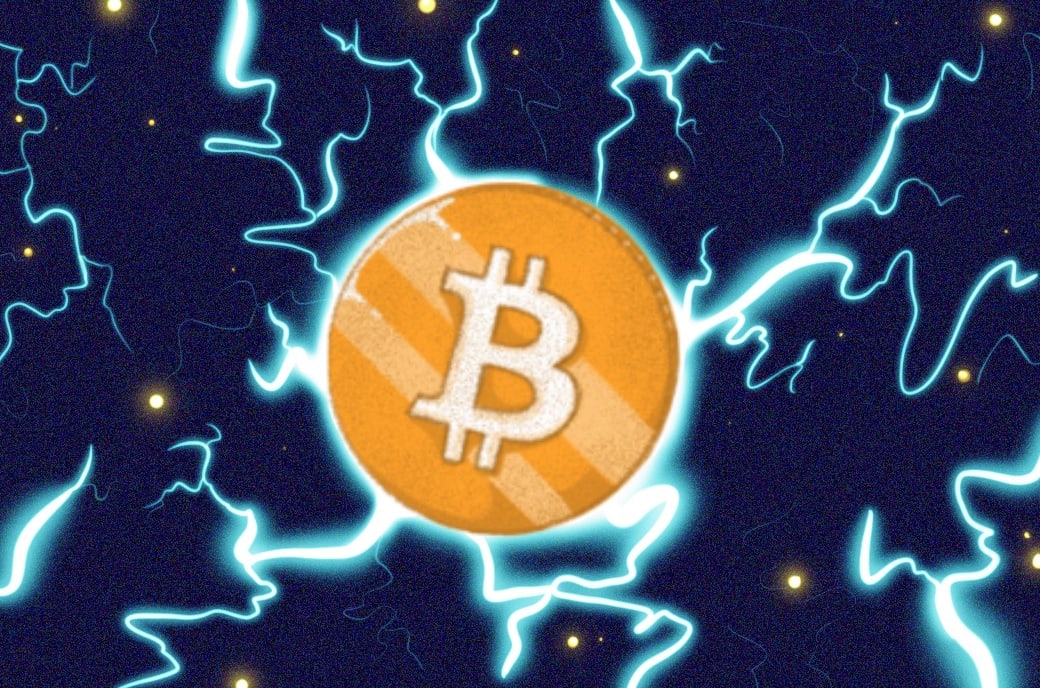Implications for Bitcoin Now That 85 Percent of Supply Has Been Mined
This article was originally published by 8btc and written by Olusegun Ogundeji.
Over 17,850,575 bitcoin have been mined at the time of writing, meaning that 85 percent of the top cryptocurrency’s expected total supply (21 million) is already in circulation.
Though the next Bitcoin reward halving — when the coin reward will decrease from its current 12.5 to 6.25 bitcoin at every 10-minute block generation time — is not expected until May 18, 2020 (in approximately 290 days), about 524,425 of the 3,149,425 total bitcoin left to mine will have been mined by then, leaving the space with just five years (until 2024) to mine almost 9 percent of the available 15 percent of the total supply remaining.
The time it takes to mine a certain amount of bitcoin increases exponentially by design. About every four years, the number of bitcoin generated per block mined gets cut in half. It started in 2009 with 50 BTC per block mined. By 2012, it got cut in half to 25 and then to 12.5 by 2016.
However, despite the tightening supply, the cryptocurrency’s ecosystem seems to be getting bigger, owing to scaling improvements and news of increasing adoption globally. Bitcoin is on the verge of seeing more transactions conducted on its network in 2019 than in any other year in history, according to ShakePay, the Canadian platform that allows users to buy and sell bitcoin. Also, there is an increase in the number of Bitcoin wallets being created daily (about 41 million in total, currently) while approximately 4 million bitcoin is assumed to be lost or unspendable thus reducing the effective available supply.
Implications of the Reducing Bitcoin Supply
The network effects of sidechains (e.g., Blockstream’s Liquid Network) and anonymous bitcoin transactions using offchain payment protocols (e.g., the Lightning Network, which is reportedly responsible for up to 10 percent of total transactions) could continue to grow — pushing the acceleration in Bitcoin’s chart growth over the next few years.
The sidechain and off-chain channels will also be handy for making small payments in the event that the bitcoin price rises significantly, forcing high transaction fees on users. Their promises of faster settlements, confidential transactions and sophisticated multisig security will make them a darling of the growing Bitcoin ecosystem.
The market is seeking more powerful Bitcoin miners while their manufacturers, such as Bitmain and Canaan, work to increase their production capacity. At the same time, as more mining equipment focuses on the Bitcoin network, the difficulty rate — which currently stands at over 9T — will rise even faster, thus making the mining process harder.
In the coming years, bitcoin holders may not lose their purchasing power as it is increasingly used as a representation of value, leveraging its finite, decentralized and secure nature. With regards to bitcoin’s relationship with other cryptocurrencies, there may be a greater shift in the attention of speculators to altcoins as bitcoin becomes more stable.
The post Implications for Bitcoin Now That 85 Percent of Supply Has Been Mined appeared first on Bitcoin Magazine.

 (@shakepay) July 31, 2019
(@shakepay) July 31, 2019








